How to Make Edibles with Concentrates & Dabs (2025 Guide)

If you're ready to move beyond basic cannabutter, you're not alone. More people are asking how to make edibles with concentrates and dabs.
Concentrates like live resin, wax, and THCa diamonds offer stronger effects, cleaner infusions, and far more accurate dosing than flower ever could.
This guide covers everything you need to know, from decarbing the right way to mixing and measuring for consistent results.
Key Takeaways
-
Concentrates like THCa diamonds and live resin provide 6-9x more cannabinoids per gram than flower.
-
Digital scales, oven thermometers, and accurate dosing apps are essential for safe, effective infusion.
-
MCT oil offers the highest bioavailability at 2.8x and absorbs cannabinoids faster than butter or olive oil.
-
Always decarboxylate non-activated concentrates at 240°F for 30-45 minutes before infusion.
-
Homemade edibles should be clearly labeled and stored in child-resistant containers to avoid accidental use.
-
Nanoemulsions and terpene reintroduction allow advanced users to customize onset time and effects.
-
Ready to try your first concentrate edible? Start with Mellow Fellow’s THCa Budder or Live Resin for high-quality, clean extractions.
Why Concentrates Make Superior Edibles
If you want edibles that hit harder and taste better, concentrates are the way to go. While traditional flower contains around 15 to 25% total cannabinoids, high-purity concentrates like our THCa Budder can reach over 99%. That means you need far less material to achieve powerful results, and you won’t be masking the flavor of your dish with that telltale “green” taste.
Let’s look at the math. A gram of 20% THC flower gives you about 200mg of cannabinoids before extraction. After losses during cooking, you might only keep 100 to 150mg. Now compare that to a gram of 90% concentrate, which yields around 900mg with minimal waste.
That’s six to nine times more efficient, and far easier to dose evenly across your batch.
This matters for anyone who shares edibles or relies on precise effects. Flower can have inconsistent THC distribution between buds, but concentrates are homogenous by nature, which leads to more reliable results.
Science backs this up. A 2024 study from researchers at the University of Colorado tested 277 products from 52 dispensaries. They found that 96% of concentrate products were within ±15% of their labeled THC, while only 56.7% of flower products hit that accuracy mark. The actual potency of both was often lower than advertised, but concentrates consistently came much closer to the label.
If you care about consistency, potency, and saving time in the kitchen, concentrates are hard to beat.
Essential Equipment and Safety for Making Edibles With Concentrates
Making edibles with concentrates isn’t like tossing flower into butter and hoping for the best. Because concentrates are so potent, you need precise tools and careful handling to keep things safe and effective.
Here are the essentials you'll want on hand before you begin:
-
A digital scale that measures to 0.01g
-
An oven thermometer (most ovens run 15 to 25°F off target)
-
Silicone containers for mess-free mixing
-
A double boiler or hot plate with consistent temperature control
-
A calculator or dosage app to track milligrams per serving
Temperature accuracy makes a big difference. Even a small swing of 20°F during infusion can lower cannabinoid retention, wasting both time and product. Using reliable thermometers helps maintain a consistent process and ensures your final product is both safe and potent.
On the safety side, remember that a single gram of concentrate often contains 700 to 900mg of THC.
That’s far more than most people expect, and it’s easy to overdo it if you’re not careful. Always label your infusions clearly, keep them away from kids or pets, and store anything unused in a secure container.
Making strong edibles is fun, but only if you’re in control. Proper equipment and clear labeling go a long way in keeping the experience enjoyable and predictable, something you’ll learn in our concentrate handling guide.
Choosing Your Concentrate Type
Each concentrate comes with its own benefits, depending on your recipe, potency goals, and experience level. Here's a closer look at some of the most common types used in edibles, along with tips on how they behave during infusion.
THCa Diamonds
THCa diamonds are prized for their purity, typically over 99%, which makes dosing easy and predictable. One gram contains around 990mg of THCa, which converts to roughly 870mg of THC after decarboxylation, assuming an 87.7% conversion rate. Their crystal-like structure dissolves cleanly into fats, leaving no grit or residue behind.
Live Resin
Live resin contains a full spectrum of cannabinoids and terpenes, making it popular for users who want more flavor and faster onset. A 2021 Frontiers in Pharmacology study found that terpene-rich edibles took effect up to 35% faster than those made with pure THC. Live resin typically contains 60 to 80% cannabinoids, so be sure to adjust your math accordingly.
Budder and Wax
Budder and wax sit comfortably between potency and practicality. These concentrates usually test between 70 and 85% total cannabinoids and are easier to handle than shatter or pull-and-snap textures. Our THCa Budder Bundles are especially beginner-friendly thanks to their creamy consistency, which blends smoothly into oils and butter.
Distillate
Distillate is already decarboxylated, which saves a step in the process. It’s potent and easy to measure, but it lacks the natural terpenes found in other extracts. Many users find the effects feel flatter or less nuanced compared to full-spectrum products. Still, it's a solid choice for recipes that focus on flavor from other ingredients.
Carrier Selection and Bioavailability
The fat you choose as a carrier plays a major role in how strong your edibles feel and how fast they kick in. Since cannabinoids like THC and CBD bind to fat, your infusion's effectiveness depends on how well that fat delivers them into your system. You must infuse your concentrate into a carrier oil before making the edibles.
Comparing Popular Carrier Fats
| Carrier Type | Saturated Fat % | Bioavailability | Best Uses |
|---|---|---|---|
| Coconut Oil | 92% | Highest (2.5x) | Baked goods, capsules |
| Butter | 63% | High (2x) | Cookies, brownies |
| Olive Oil | 14% | Moderate (1.5x) | Sauces, dressings, sautéing |
| MCT Oil | 100% | Highest (2.8x) | Tinctures, beverages, baked goods |
MCT oil, a refined extract of coconut oil, absorbs quickly thanks to its shorter molecular structure. A clinical study found that it delivered cannabinoids into the bloodstream much faster and more efficiently than long-chain fats. If you're making tinctures or quick-onset edibles, this is the go-to.
For accurate dosing, mix your decarboxylated concentrate with MCT oil at a 1:10 ratio-1 gram of concentrate to 10ml of oil. This keeps the math simple and the potency consistent.
To take things a step further, add sunflower lecithin. As a natural emulsifier, it boosts absorption by about 20% and keeps fat and water-based ingredients from separating. Use 1 teaspoon per cup of infused oil to improve consistency and cannabinoid uptake.
Step-by-Step Infusion Process for Making Edibles With Concentrates
Making edibles with concentrates requires more precision than tossing flower into butter. Here's how to do it right from start to finish, using the same methods professionals rely on.

Step 1: Calculate Your Dosage
Start with a simple equation:
Concentrate Weight (g) × Potency (%) × 1000 = Total mg THC
For example, 1 gram of concentrate at 88% potency contains 880mg of THC. This number drives your batch size, individual serving strength, and safety labels, so double-check your math before moving on.
Step 2: Decarboxylate Your Concentrate
Unless your concentrate is already activated (like most distillates), decarboxylation is essential. This step converts non-psychoactive THCa into active THC.
-
Preheat your oven to 240°F, using an oven thermometer to verify accuracy.
-
Spread the concentrate thinly on parchment paper for even heating.
Bake for 30 to 40 minutes, or until bubbling stops. THCa diamonds may require up to 45 minutes due to their density.
Lab data confirms that 240°F for 40 minutes achieves an extremely high THCa-to-THC conversion rate with minimal degradation. Going hotter can produce CBN, which leads to more sedative effects.
Our guide to cannabinoid science explains this conversion in detail.
Step 3: Heat and Combine with Carrier Oil
Heat your chosen carrier oil, like MCT, coconut, or butter, in a double boiler to 160-180°F. Never exceed 200°F, or you risk burning off THC.
Add your decarboxylated concentrate and stir until fully dissolved. Most concentrates mix in within 5-10 minutes, though dense crystals like diamonds can take up to 20 minutes.
Step 4: Add Lecithin for Better Absorption
Once the concentrate is fully blended, stir in 1 teaspoon of sunflower lecithin per cup of oil. Lecithin improves cannabinoid bioavailability and helps the infusion mix smoothly with recipes that contain water.
Step 5: Maintain Temperature and Store
Let your mixture sit at 160-180°F for 20-30 minutes, stirring occasionally to prevent separation.
Transfer the finished infusion into amber glass jars or other airtight containers. Store in the fridge for long-term use. Properly stored infusions can maintain potency for 6 to 12 months. Be sure to label clearly with dosage per milliliter or teaspoon for safe use.
Step 6: Use the Infused Oil in Edibles
Now that you have a potent, decarbed infusion, it’s time to put it to work. Use your oil just like you would use regular butter or oil in any recipe. For example:
-
Brownies: Substitute your infused oil for all or part of the oil called for in the recipe. Mix gently and bake at or below 350°F to preserve potency.
-
Cookies or Cakes: Same idea, just swap in the infused fat and bake as usual.
-
Savory dishes: Stir into pasta, drizzle on roasted vegetables, or blend into sauces.
Always calculate your per-serving potency based on total THC content and number of servings. When in doubt, start with a small dose and wait at least 90 minutes before deciding to have more.
Dosage Calculations Made Simple
Getting the dose right is what separates a great edible from an unpleasant afternoon. Use this basic formula to figure out how much THC is in each serving:
Total THC ÷ Number of Servings = THC per Serving
Let’s walk through it. Say you're using 0.5 grams of concentrate at 85% potency:
Related Products
-
0.5g × 850mg/g = 425mg total THC
-
425mg ÷ 42 cookies = 10mg THC per cookie
For beginners, 2.5 to 5mg THC is a smart starting point. Occasional users tend to prefer 10 to 20mg, while experienced consumers might reach for 25 to 50mg or more, depending on tolerance.
Concentrate-based edibles feel stronger than flower infusions because more cannabinoids actually make it into the final product. That added efficiency means the effects often come on faster and last longer.
According to recent research, 68% of negative edible experiences came from dosing mistakes, especially with homemade batches. When testing a new batch, start small-half a serving or less, and wait at least 90 minutes before deciding to take more.
Recipe Applications and Techniques
Once your infusion is ready, there are plenty of ways to use it. From baked goods to savory meals, concentrate-infused oils give you options that go beyond the typical brownie. Here are a few popular applications and how to make them work.
Baked Goods
Cookies, brownies, muffins, and quick breads are ideal for infused butter or coconut oil. The fat blends evenly and helps distribute cannabinoids throughout the batter.
Chocolates
Tempering chocolate with infused coconut oil allows for rich, smooth edibles. Since chocolate is already high in fat (35-40%), it provides excellent cannabinoid delivery. Add your oil once the chocolate reaches 86°F for even incorporation without compromising texture.
Gummies
Infused gummies require a bit more technique. Since they’re water-based, you’ll need emulsifiers like sunflower lecithin and guar gum to prevent oil separation. Mix well and allow plenty of time for setting. Our full gummy guide has more detail on ratios and emulsification.
Savory Dishes
Olive oil infusions shine in low-heat applications like dressings, sauces, or drizzle finishes. Always keep the temperature below 350°F during cooking to preserve cannabinoid content.
Avoiding Common Mistakes
Even experienced cooks slip up with concentrates. These are the most frequent issues and how to prevent them.
Poor Mixing
Concentrates are highly potent and need to be fully distributed in the carrier fat. Use an immersion blender for larger batches or whisk thoroughly for smaller ones. Uneven mixing leads to inconsistent dosing.
Temperature Control
Cannabinoids begin degrading rapidly above 320°F. If temperatures spike above 380°F, over half the THC content can degrade within 10 minutes. Use a candy thermometer and remove the mixture from heat as soon as it's combined.
Improper Storage
Air, heat, and light will degrade your infusion quickly. Store in airtight amber glass jars in the refrigerator with minimal headspace. Properly stored edibles retain about 95% potency for up to six months, compared to 60% if left in poor conditions.
Dosing Confusion
Always label your products clearly. Include potency, serving size, and the date. Keep a spreadsheet of your infusions to prevent mix-ups and track how different batches performed.
Advanced Techniques for Pros
Once you're comfortable with the basics, these advanced methods can fine-tune your results and give you more control over effects.
Nanoemulsion
Ultrasonic processors can break concentrates into smaller particles that blend with water. This increases absorption speed and consistency. Nanoemulsified cannabinoids can take effect in 15 to 20 minutes, instead of the typical 60 to 90.
Terpene Reintroduction
If you're using distillate, you can add cannabis-derived terpenes back into the mix. This restores some of the complexity found in full-spectrum products. A concentration of 0.5-2% is ideal for noticeable effects without overwhelming the flavor.
Staged Decarboxylation
By decarboxylating only 70-80% of your THCa, you preserve some acid form for its potential therapeutic properties. This method is great for making edibles that deliver both psychoactive and non-psychoactive benefits.
Testing and Quality Control
Home cooks may not have lab access, but there are still ways to make sure your edibles are consistent.
Potency Testing
At-home tools like tCheck can estimate potency within 10% accuracy. This is useful for checking batches and confirming dosage calculations.
Distribution Testing
Scoop out five portions from different parts of your batch. If effects vary significantly between them, improve your mixing method before making another batch.
Degradation Monitoring
Potency can drop by 5-10% per month at room temperature. Freezing your products slows this to 1-2% monthly. If you're storing edibles long-term, re-test periodically and adjust serving size as needed.
Legal and Safety Considerations
High-potency edibles need to be treated like any other powerful product. That includes storage, labeling, and understanding the legal limits in your area.
Child-proof packaging is essential. Homemade edibles should be kept out of reach and clearly labeled with:
-
Date of preparation
-
Total THC or cannabinoid content
-
THC per serving
-
Safety warnings (e.g., "Keep away from children and pets")
-
Your contact info (if legally required in your state)
Most states cap homemade edibles at 10mg THC per serving and 100mg per package. Even in legal markets, giving them to others could be considered illegal distribution. Review your local laws before sharing.
Our state legality guide covers specific regulations.
Troubleshooting Your Edibles
If something doesn’t feel right, start here. These common problems usually have simple fixes.
My Edibles Aren’t Working
-
Check if decarboxylation was complete. If your concentrate was still bubbling, it wasn’t ready.
-
Recalculate your math. Small decimal errors can throw off potency.
-
Consider your metabolism and tolerance. Effects vary by person.
-
Eat something fatty before or with your dose for better absorption.
The Effects Are Too Strong
-
Use CBD to help calm the experience.
-
Chewing black peppercorns may reduce anxiety due to the terpene β-caryophyllene.
-
Stay calm, hydrate, and rest. Effects peak after two to three hours and fade over time.
Effects Are Inconsistent Between Servings
-
Improve your mixing method. Stir longer or use a hand blender.
-
Add lecithin to help disperse cannabinoids evenly.
-
Make sure decarboxylation was even. Uneven heating creates “hot spots.”
-
Sample servings from different areas of the batch to verify consistency.
Final Thoughts on Making Edibles With Concentrates
Concentrates give you the power to make potent, precise, and clean-tasting edibles right from your kitchen. With the right tools and techniques, from proper decarboxylation and carrier oil selection to smart dosage calculations and recipe execution, you can get consistent results every time.
Concentrates like THCa diamonds, live resin, and budder offer superior efficiency compared to flower and let you tailor each batch to your exact needs. Whether you’re making a batch of brownies, infusing gummies, or experimenting with nanoemulsions, taking a measured approach is key.
Proper mixing, storage, and labeling make a big difference not only in quality but in safety too. Now that you know how to make edibles with concentrates and dabs, you can skip the guesswork and create dispensary-level products at home.
Check out Mellow Fellow’s full lineup of cannabinoid products.
Frequently Asked Questions
Can I Skip Decarboxylation With Some Concentrates?
Yes, distillate is already decarboxylated and ready to infuse. But THCa diamonds, live resin, and wax still require heating to activate THC. Skipping this step can result in weak or non-psychoactive edibles.
What’s the Best Way to Dose Accurately Without Lab Testing?
Use precise math and at-home testers like tCheck. Also, divide your batch into even portions and sample from different spots to check for consistent effects. Always label potency and serving size clearly.
How Long Do Concentrate-Based Edibles Stay Potent?
When stored in amber jars in the fridge, infused oils retain up to 95% of their potency for 6-12 months. Avoid light, oxygen, and heat exposure to prevent cannabinoid degradation.
Why Use Lecithin in Edibles?
Lecithin helps cannabinoids bind better with fats and prevents separation in water-based recipes like gummies. It also boosts absorption by up to 20%, making your edibles feel stronger and more consistent.
Can I Share Homemade Edibles With Friends?
Legally, no, in most states, even if cannabis is recreationally legal. Sharing homemade edibles may count as unlicensed distribution. Always check your state’s laws to avoid unintentional violations.
Sources
-
THC and CBD: Similarities and differences between siblings - PMC
-
Accuracy of labeled THC potency across flower and concentrate cannabis products - PubMed
-
Frontiers | Therapeutic Applications of Terpenes on Inflammatory Diseases
-
Impact of Lipid Sources on Quality Traits of Medical Cannabis-Based Oil Preparations - PMC
-
Cannabis and children: risk mitigation strategies for edibles - PMC
Explore Other Articles
View allExplore more
- 11 hydroxy thc
- Blends
- blunt
- burn blend
- cannabinoids
- cartridge
- CBD
- cbg
- CBN
- Charged Blend
- Clarity Blend
- Concentrates
- Connection Blend
- Creativity Blend
- Dabs
- delta
- delta 10
- delta 11
- delta 8
- Delta 8 thc
- delta 9
- delta 9 thc
- Delta-10-THC
- Delta-11-THC
- delta-8
- Delta-8-THC
- Delta-9-THC
- delta9
- Desire Blend
- destination series
- Diamonds
- disposable
- disposable vape
- Dream Blend
- edibles
- elevate blend
- entourage
- entourage effect
- entourage effects
- Euphoria Blend
- focus
- gummies
- H4CBD
- halloween
- hemp
- hemp-derived
- HHC
- HHCp
- HTE
- Indica
- Introvert Blend
- lean
- legal
- Live Resin
- Live Resin cartridges
- m-fusions
- mechoulam
- momentum blend
- Motivation Blend
- preroll
- productivity
- raphael mechoulam
- Recover Blend
- Relief
- sleep
- strain review
- terp sauce
- Terpenes
- Thanksgiving
- thc
- thc lean
- thc-p
- THCa
- THCb
- THCh
- THCm
- thcp
- THCp edibles
- THCv
- the elevate blend
- The Energy Blend
- The Happy Blend
- The Illuminate blend
- the momentum blend
- The Rest Blend
- Tranquility Blend
- vape
- vape cartridge
- Vapes
- wax
- wellness
- zkittlez


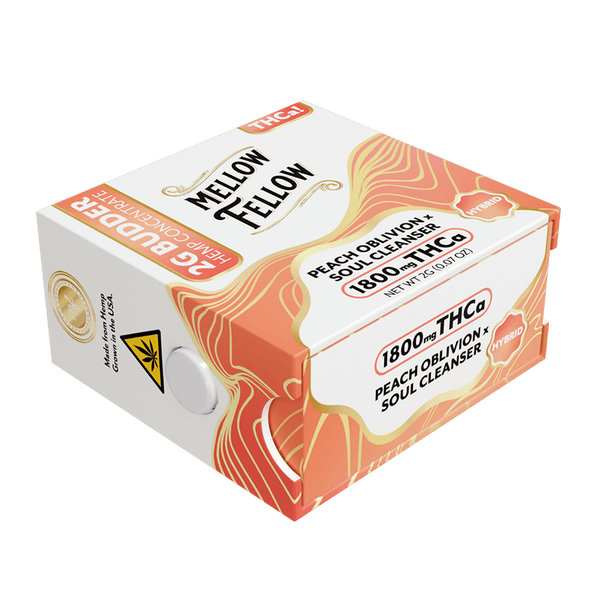
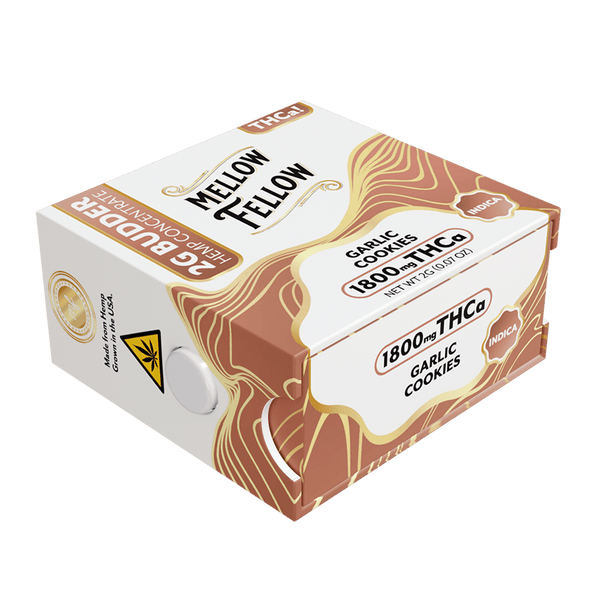
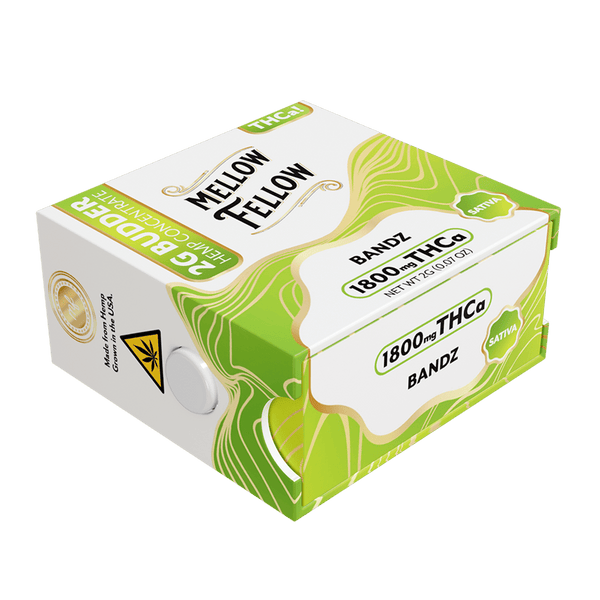
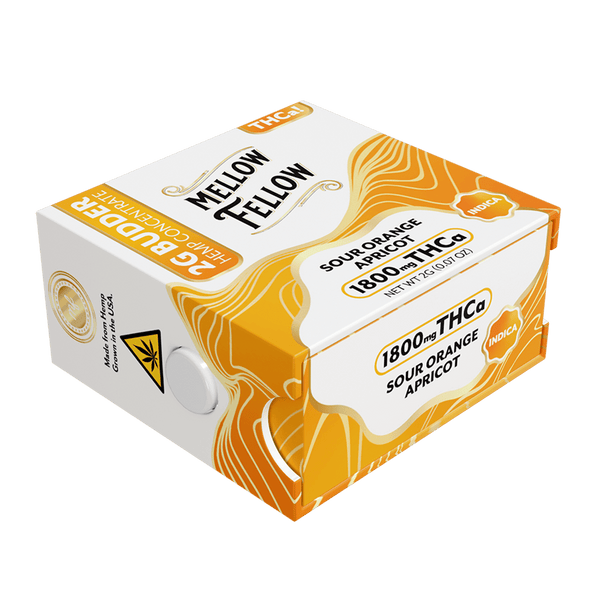
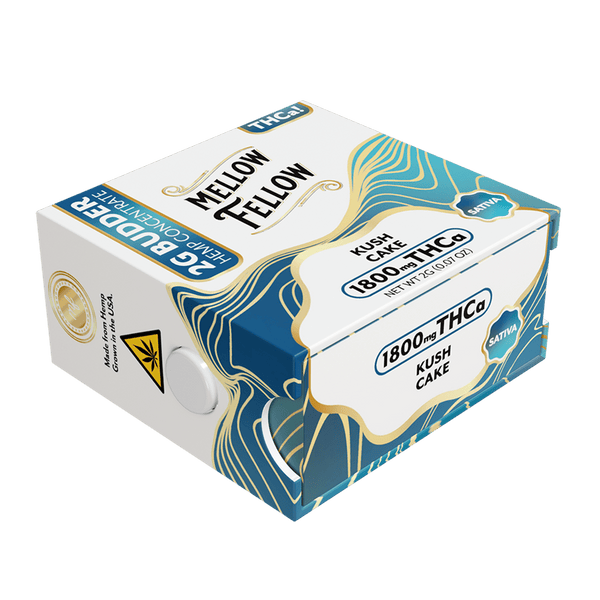
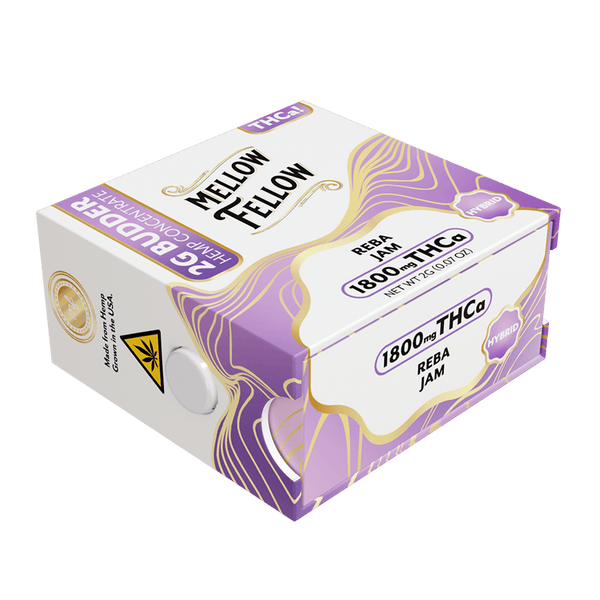










Leave a comment